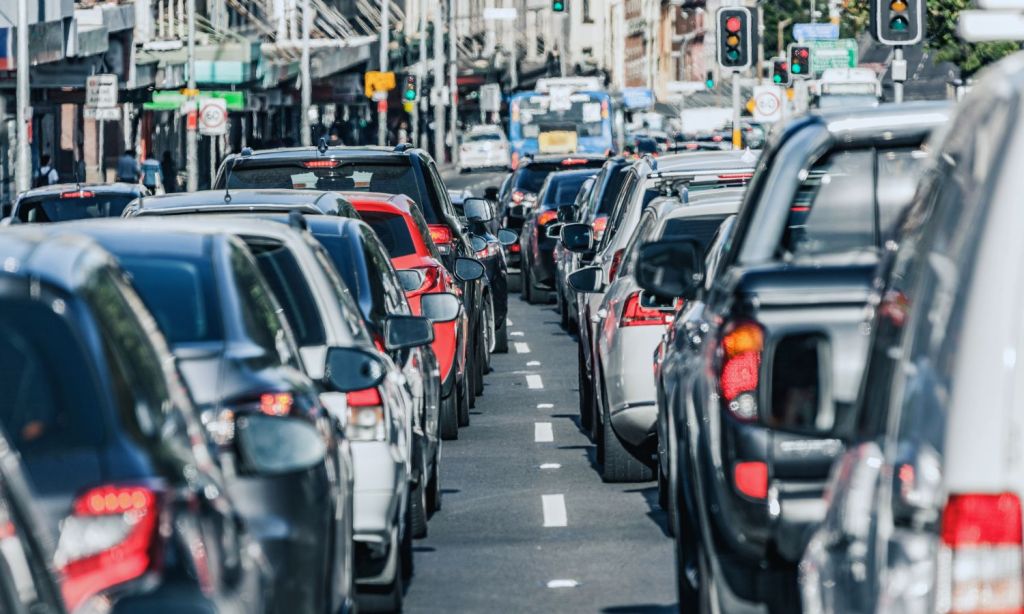A city in Japan has become the first to demonstrate on-road power supply for electric vehicles using traffic signs. Kashiwa, a small city outside of Tokyo, is at the centre of a multi-stakeholder research project aiming to demonstrate real-world smart city architecture.
Powered transmission coils embedded beneath the road next to traffic lights and stop signs will be able to deliver a 1km charge to battery electric vehicles as well as plug-in hybrids for every 10 seconds that a car has stopped on top of them.
Currently, only vehicles with receiver technology installed underneath them will be able to take the charge, but it’s hoped that this proof-of-concept will be able to do away with more complex and costly charging architecture.
The chargers are already up and running, having been installed as part of a pilot programme that will continue until March of next year. The programme is headed by a joint research group made up of academics from the University of Tokyo, Chiba University and nine corporations including Bridgestone.
The technology was developed by Professor Hiroshi Fujimoto and Associate Professor Osamu Shimizu of the Graduate School of Frontier Sciences at the University of Tokyo. The former has been involved in the development of on-road charging technology since 2017.
Electric vehicles are an increasingly popular sight on Aussie roads. Despite the fact we’re buying more than ever, there remain some issues over ‘range anxiety’. Kashiwa has been selected as a model city for ‘smart’ experiments that the research group is hoping will be able to be adopted elsewhere.
It’s not the first time that on-road charging has been demonstrated. In Sweden, researchers have been piloting electrified roads that charge EVs as they drive since 2018. That project has since been expanded to bring on-road charging to a further 3,000 km of road in the country’s south. Similar projects are also underway in Germany, France, the UK, the US, and even India.
Australia has no such plans for on-road charging just yet. The government is investing millions in EV charging infrastructure but, as of right now, the biggest issue is linking the grid network up to be able to cover the entire continent with traditional charging stations.
As more and more Australians adopt EVs, it’s clear that innovation in this sector is going to be key to keeping everyone on the road.
Related: The 5 Sexiest Electric Vehicles Money Can Buy
Related: Looking to Buy an Electric Vehicle? These Are the Benefits to Get Around in Australia
Read more stories from The Latch and subscribe to our email newsletter.

